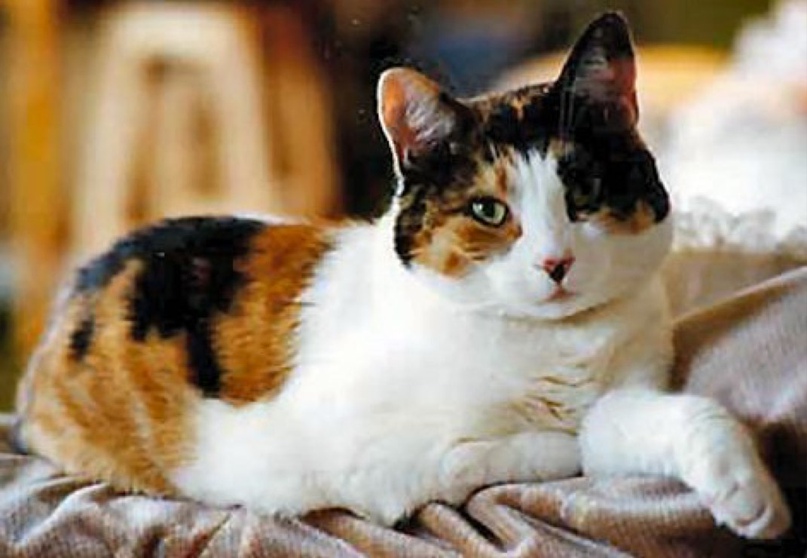Introduction
Breeding Ragdoll kittens is a rewarding but demanding endeavor. Known for their striking blue eyes, plush coats, and affectionate personalities, Ragdolls are one of the most popular cat breeds in America according to the Cat Fanciers’ Association (CFA). However, responsible breeding requires extensive knowledge, commitment, and ethical practices to ensure the health and well-being of both the cats and their future owners.
This guide will cover:
✔ How to start breeding Ragdolls ethically
✔ Selecting the right breeding pair
✔ Pregnancy & kitten care essentials
✔ Legal considerations & selling kittens responsibly
Whether you’re a first-time breeder or looking to refine your practices, this guide will help you produce happy, healthy Ragdoll kittens.
1. Is Breeding Ragdolls Right for You?
Before diving in, ask yourself:
✅ Do you have the time? Breeding requires round-the-clock care, especially during birthing and kitten-rearing.
✅ Can you afford it? Vet bills, genetic testing, high-quality food, and supplies add up quickly.
✅ Are you committed to ethical breeding? Reputable breeders prioritize health and temperament over profit.
If you answered yes, proceed with careful planning.
Pro Tip: Check out The International Cat Association (TICA) for breeder resources and educational materials.
2. Becoming a Responsible Ragdoll Breeder
A. Education & Certification
- Join cat breeding associations (TICA, CFA, RFCI).
- Study Ragdoll genetics (color points, health risks).
- Attend breeder workshops & mentorship programs.
B. Selecting Breeding Cats
- Health Testing: Screen for HCM, PKD, and FIV/FeLV.
- Temperament: Choose calm, friendly Ragdolls.
- Pedigree & Bloodlines: Avoid inbreeding; verify lineage.
C. Setting Up a Cattery
- Clean, spacious environment with climbing structures.
- Separate areas for queens (mother cats), toms (fathers), and kittens.
- Vet-approved nutrition (high-protein diet for breeding cats).
Shop High-Quality Cat Trees for Your Cattery (Chewy Affiliate Link)
3. The Breeding Process
A. Timing the Mating
- Female Ragdolls (queens) should be at least 18 months old before breeding.
- Heat cycles occur every 2-3 weeks; mating is best during peak fertility.
B. Pregnancy & Whelping
- Gestation: 63-67 days.
- Signs of pregnancy: Weight gain, nipple darkening, increased appetite.
- Preparing for birth:
- Provide a quiet nesting box.
- Monitor for complications (contact a vet if labor stalls).
C. Raising Ragdoll Kittens
- 0-4 Weeks:
- Kittens rely on mother’s milk.
- Keep them warm and clean.
- 4-12 Weeks:
- Introduce wet kitten food.
- Begin litter training & socialization.
- 12+ Weeks:
- Vaccinations (FVRCP, rabies).
- Spay/neuter before sale (if required by contract).
Essential Kitten Supplies (Amazon Affiliate Link)
4. Selling Ragdoll Kittens Ethically
A. Pricing Your Kittens
- Pet Quality: 800–1,500 (non-breeding, spayed/neutered).
- Breeding/Show Quality: 1,500–3,000+ (exceptional lineage).
B. Screening Buyers
- Ask potential owners:
- Why do they want a Ragdoll?
- Do they have experience with cats?
- Are they prepared for long-term care?
- Avoid selling to:
- Pet stores (supports kitten mills).
- Buyers unwilling to sign a contract.
C. Contracts & Guarantees
A good contract includes:
✔ Health guarantee (30 days minimum).
✔ Spay/neuter agreement (for pet-quality kittens).
✔ Return policy (if the buyer can no longer care for the cat).
Free Resource: Download a sample kitten contract from the RFCI.
5. Common Mistakes to Avoid
❌ Overbreeding queens (limit to 1-2 litters per year).
❌ Skipping genetic testing (leads to hereditary diseases).
❌ Poor socialization (results in fearful kittens).
❌ Ignoring local laws (some states require breeder licenses).
For more information on breeding laws, visit the American Veterinary Medical Association (AVMA).
Conclusion: Breeding Ragdolls the Right Way
Breeding Ragdoll kittens is a serious responsibility, not just a business. By following ethical practices—prioritizing health, temperament, and buyer education—you can contribute to the betterment of the breed while finding loving homes for your kittens.
Ready to start? Connect with reputable Ragdoll breeding associations and seek mentorship from experienced breeders.
Join the Ragdoll Breed Community on Facebook
FAQs About Breeding Ragdoll Kittens
Q: How many litters can a Ragdoll cat have in a year?
A: 1-2 litters max to protect the queen’s health.
Q: What’s the best age to sell Ragdoll kittens?
A: 12-16 weeks, after vaccinations and socialization.
Q: Do I need a license to breed Ragdolls?
A: Depends on your location—check local regulations.
Q: How can I avoid inbreeding?
A: Study pedigrees and introduce new bloodlines carefully.
By following this guide, you’ll be on the path to becoming a respected Ragdoll breeder who prioritizes the well-being of these beautiful cats.
Have questions? Ask in the comments below!






